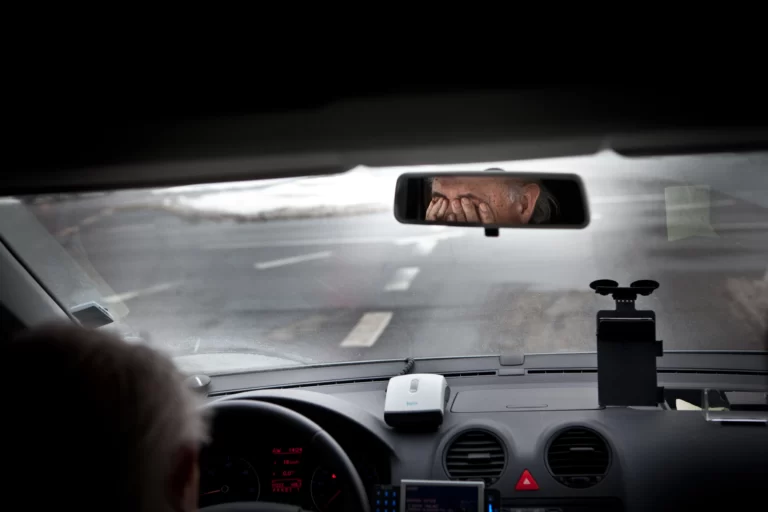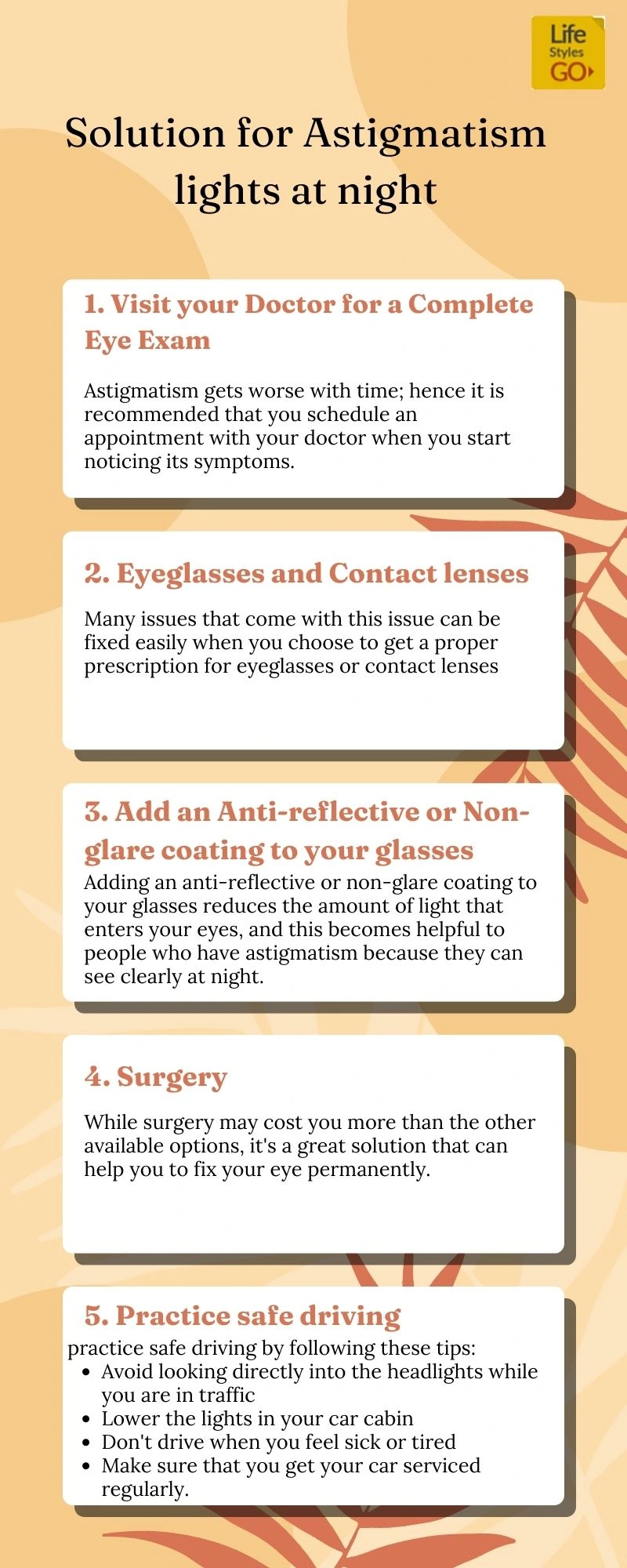The Most Important Things You Need to Know About Astigmatism and Night Driving

Even though many people aren’t familiar with it, Astigmatism is a vision disorder that happens due to a misshapen cornea or lens. The symptoms of Astigmatism include distorted vision, eye pain, glare headache, and seeing halos when you are around light. Our eyes are usually spherical, but Astigmatism affects them and changes our eye shape into a football-like shape.
People with mild Astigmatism might require no treatment; however, if you have an eye condition where you feel hard to work or drive under certain light conditions, then getting your eyes treated becomes necessary.
Table of Contents
What Is Astigmatism?
When a person has astigmatism, the shape of his cornea changes into a football-like shape, so when the light rays enter his eye, they end up meeting at different points, which causes blurred vision. This situation worsens at night with no natural light because your pupil becomes wider to allow more light under dim lighting conditions. As your pupil widens, more peripheral light rays start entering your eyes, increasing the blurriness for you.
What does night driving look like with Astigmatism?
People with Astigmatism may have a hard time driving at night. This usually happens because it becomes hard for the person to focus on the road due to vehicles’ traffic lights and headlights that create glare. The light patterns for Astigmatism include:
- Blurred or Fuzzy Vision
- Starburst effects on lights
- Squinting to see clearly
- Light halo effect from traffic lights
- Difficulty to see due to the light beams coming from headlights
Here is the solution for Astigmatism lights at night
1. Visit your Doctor for a Complete Eye Exam
Astigmatism gets worse with time; hence it is recommended that you schedule an appointment with your doctor when you start noticing its symptoms. It usually begins with affecting your vision at night, so if you feel trouble while driving at night, then there are chances that your eyes are affected.
2. Eyeglasses and Contact lenses
Many issues that come with this issue can be fixed easily when you choose to get a proper prescription for eyeglasses or contact lenses. Eyeglasses can also help you correct other eye issues like myopia and hyperopia; therefore, you should get them at the earliest.
3. Add an Anti-reflective or Non-glare coating to your glasses.
Adding an anti-reflective or non-glare coating to your glasses reduces the amount of light that enters your eyes, and this becomes helpful to people who have astigmatism because they can see clearly at night. You can also ask your eye specialist to suggest some hybrid lenses specially designed to fix.
4. Surgery
While surgery may cost you more than the other available options, it’s a great solution that can help you to fix your eye permanently. LASIK and Intraocular lens implants are two popular surgeries that can help you to fix Astigmatism; however, you should ask your doctor to see if they are suitable for you.
5. Practice safe driving
Driving at night can be risky when you have this problem because it increases the risk of an accident. Therefore, you can practice safe driving by following these tips:
- Avoid looking directly into the headlights while you are in traffic
- Lower the lights in your car cabin
- Don’t drive when you feel sick or tired
- Make sure that you get your car serviced regularly.
- Drive slow and plan for some extra driving time
Conclusion
Astigmatism can cause you problems until you don’t learn more about it and get it treated. Once you’ve consulted your doctor, you can quickly get it treated without facing any problems, and that will also help you to drive better at night.
Things You Need to Know About Astigmatism and Night Driving Infographic:

Photo by Johan Funke on Unsplash



